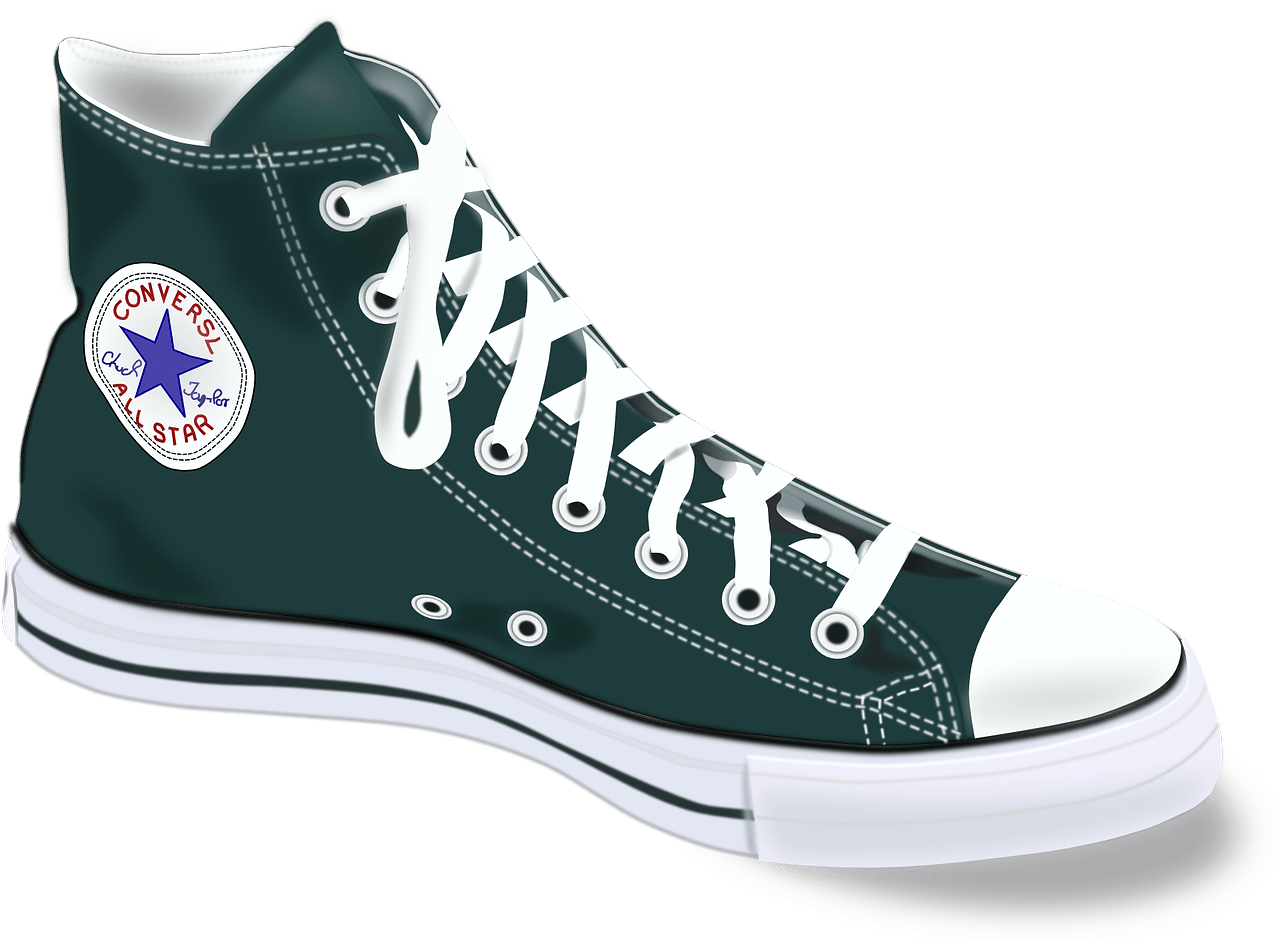Cole Haan, a name synonymous with quality and style, has graced the feet of Americans for nearly a century. Founded in 1928 by Trafton Cole and Eddie Haan in Chicago, the brand started with a vision: to bring together traditional craftsmanship with innovative design in men’s footwear.
Early Years
The “stitch-out” construction method, introduced early on, ensured flexibility and durability, becoming a hallmark of Cole Haan shoes.
During World War II, they shifted gears to produce military footwear, further honing their skills. Post-war, they continued to innovate with new materials and ventured into women’s footwear in the 1960s, catering to fashion-conscious consumers.
The Iconic Wingtip and Beyond:
The 1970s saw the birth of the iconic Cole Haan wingtip, a design that stood the test of time. Throughout the 20th century, the brand embraced new materials and technologies, becoming a leader in the footwear industry.
Expansion and Innovation
In 1988, Nike’s acquisition brought the revolutionary Air cushioning technology to Cole Haan dress shoes, offering comfort without compromising elegance. The Country collection catered to outdoor enthusiasts with rugged styles, while the Zerogrand collection (2014) redefined comfort with its unique podded soles and Grand.OS technology.
The collection features a unique sole design that uses a series of small pods to provide cushioning and support, while still maintaining a sleek and stylish look.
Grand.OS technology: The Zerogrand collection also introduced the brand’s Grand. OS technology, which provides additional cushioning and flexibility in the sole of the shoe. This technology allows for a more natural stride and reduces fatigue during extended wear.
Sustainable materials: In recent years, Cole Haan has also introduced sustainable materials into its footwear designs, including recycled plastic bottles and natural rubber. The brand has also committed to reducing its environmental footprint through its manufacturing processes and operations.
Overall, Cole Haan’s expansion and innovation over the years have helped to establish the brand as a leader in the footwear industry.
By combining traditional craftsmanship with new materials and technologies, the brand has continued to evolve while still staying true to its commitment to quality and style.
Ownership Changes and Brand Evolution
Over the course of its history, Cole Haan has undergone several ownership changes and brand evolutions. Here are some of the key highlights:
Acquisition by Nike: In 1988, Nike acquired Cole Haan for $95 million. Under Nike’s ownership, the brand expanded its offerings and introduced new technologies, such as the Nike Air cushioning system in dress shoes.
Sale to Apax Partners: In 2012, Nike sold Cole Haan to private equity firm Apax Partners for $570 million. The sale allowed Nike to focus on its core athletic business, while Apax Partners sought to expand the Cole Haan brand into new markets and product categories.
Greater focus on casual footwear: Under Apax Partners’ ownership, Cole Haan shifted its focus towards casual footwear and expanded its offerings beyond dress shoes. The brand introduced new collections of sneakers, boots, and other casual footwear, while still maintaining its commitment to quality craftsmanship and innovative design.
Launch of Stitchlite collection: In 2016, Cole Haan introduced its Stitchlite collection, which features a lightweight and breathable knit material in the upper of the shoe. This collection represents a new level of innovation and comfort in casual footwear, while still maintaining the brand’s signature style and quality.
Going public: In early 2021, Cole Haan went public with an initial public offering (IPO) on the NASDAQ stock exchange. The IPO was seen as a sign of the brand’s continued growth and success in the highly competitive footwear industry.
Throughout its various ownership changes and brand evolutions, Cole Haan has remained committed to its core values of quality, craftsmanship, and innovation.
The brand has adapted to changing trends and consumer preferences, while still staying true to its heritage and legacy of excellence.
Collaborations and Partnerships
Over the years, Cole Haan has collaborated with a variety of notable brands and designers to create special collections and limited edition footwear. Here are a few examples:
Harman/Kardon: In 2017, Cole Haan partnered with audio company Harman/Kardon to create a limited edition sneaker that featured high-quality sound technology embedded in the sole of the shoe. The sneaker was designed for music lovers who wanted to enjoy their favorite tunes on the go.
Jeff Staple: In 2018, Cole Haan collaborated with designer Jeff Staple on a collection of sneakers that featured bold graphics and unique colorways. The collection was inspired by streetwear and aimed to bring a fresh and modern twist to the brand’s classic styles.
Todd Snyder: In 2019, Cole Haan collaborated with designer Todd Snyder on a collection of men’s dress shoes that combined classic styles with modern details. The collection featured wingtips, loafers, and other dress shoe styles in a range of materials and colors.
Mountain Hardwear: In 2020, Cole Haan teamed up with outdoor brand Mountain Hardwear to create a collection of hiking boots and sneakers that were designed to be both stylish and functional. The collection featured waterproof materials and rugged soles, while still maintaining a sleek and stylish look.
These collaborations have helped to keep the Cole Haan brand fresh and relevant, while also expanding its reach into new markets and demographics. By partnering with other brands and designers, Cole Haan has been able to tap into new trends and styles, while still staying true to its core values of quality, craftsmanship, and innovation.
Conclusion
Since its founding in 1928, Cole Haan has established itself as a leader in the footwear industry, known for its commitment to quality craftsmanship, innovative design, and timeless style.
Over the years, the brand has expanded its offerings, introduced new materials and technologies, and collaborated with other brands and designers to stay fresh and relevant in a highly competitive market.
From its early days as a men’s dress shoe brand to its current offerings of sneakers, boots, and casual footwear, Cole Haan has remained committed to its core values while adapting to changing trends and consumer preferences.
Collaborations unlock new markets and resonate with diverse audiences, while ethically sourced materials and sustainable practices ensure a responsible future. This multi-faceted approach defines Cole Haan’s commitment to both style and social impact.
Evolution is in Cole Haan’s DNA. As they step forward, their legacy of quality, craftsmanship, and innovation will remain their compass, guiding them to stand out in the ever-changing footwear landscape.






